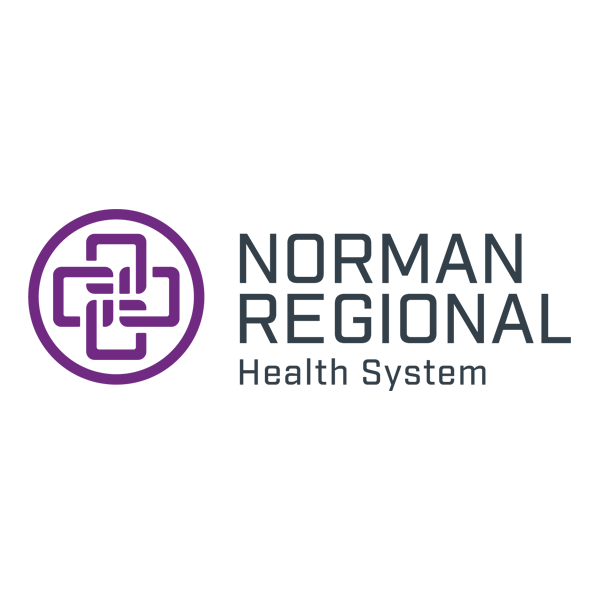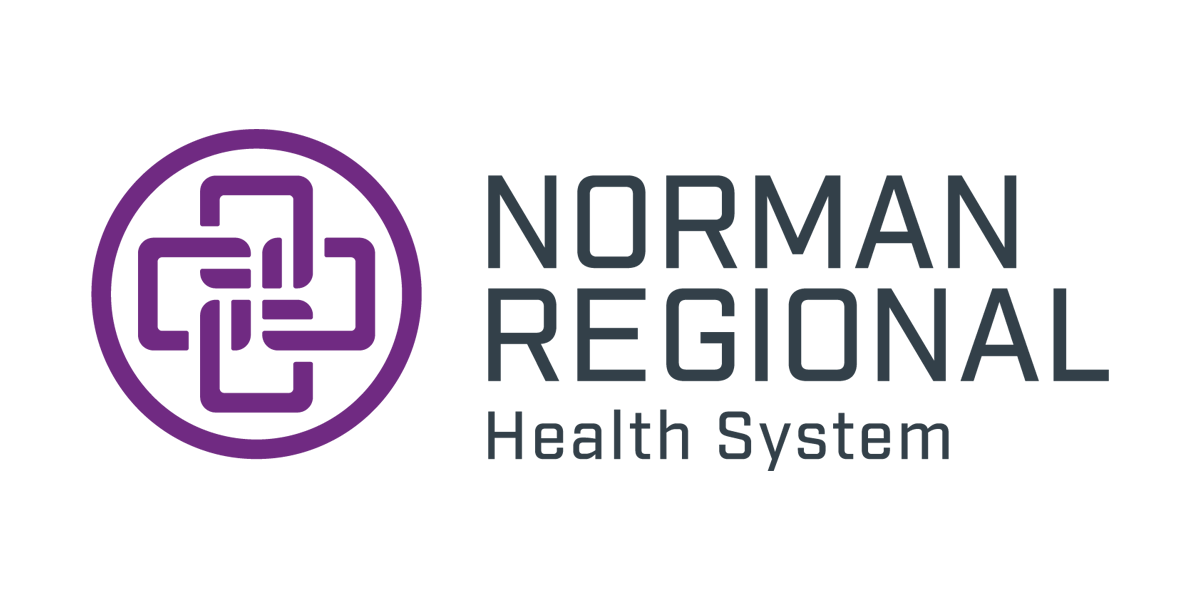
Wednesday, June 26, 2019
Summer is in full swing. The rising temperatures can be dangerous and lead to multiple heat-related illnesses, including heat stroke, heat exhaustion, heat cramps, sunburn and heat rash, according to the Centers for Disease Control and Prevention (CDC).
The good news is that heat-related illnesses are preventable. Eddie Sims, chief of Norman Regional’s EMSSTAT, and Patrick Cody, DO, emergency medicine physician, gave a few tips to avoid heat-related illnesses.
The tips include:
- Avoid or limit activity during the hottest time of the day (generally between noon and 4 p.m.)
- Drink plenty of nonalcoholic and non-carbonated fluids. “If you feel thirsty, you are already behind the curve,” Sims said.
- Gauge your hydration status by your urine output. “Make sure you are urinating every four hours or so and that the urine is fairly clear,” Dr. Cody said.
- Certain medicines can make people more susceptible to heat injuries, Dr. Cody said. “Water pills such as Lasix can potentiate dehydration while other common medicines such as detrol can increase the risk of heat stroke. This list is in no way all-inclusive so be sure you know the side effect profile of any medicine you take in order to prevent a heat-related emergency,” he explained.
It is important to learn the symptoms and know what to do if you or a loved one show signs of having a heat-related illness.
Heat Cramps
What to look for:
- Heavy sweating during intense exercise
- Muscle pain or spasms
What to do:
- Stop physical activity and move to a cool place
- Drink water or a sports drink
- Wait for cramps to go away before you do any more physical activity
Get medical help right away if:
- Cramps last longer than one hour
- You’re on a low-sodium diet
- You have heart problems
Sunburn
What to look for:
- Painful, red and warm skin
- Blisters on the skin
What to do:
- Stay out of the sun until your sunburn heals
- Put cool cloths on sunburned areas or take a cool bath
- Put moisturizing lotion on sunburned areas
- Don’t break blisters
Heat Rash
What to look for:
- Red clusters of small blisters that look like pimples on the skin (usually on the neck, chest, groin or in elbow creases)
What to do:
- Stay in a cool, dry place
- Keep the rash dry
- Use powder (like baby powder) to soothe the rash
Heat Exhaustion
What to look for:
- Heavy sweating
- Cold, pale and clammy skin
- Fast, weak pulse
- Nausea or vomiting
- Muscle cramps
- Tiredness or weakness
- Dizziness
- Headache
- Fainting/passing out
What to do:
- Move to a cool place
- Loosen your clothes
- Put cool, wet cloths on your body or take a cool bath
- Sip water
Get medical help right away if:
- You are throwing up
- Your symptoms get worse
- Your symptoms last longer than one hour
Heat Stroke
What to look for:
- High body temperature (103 or higher)
- Hot, red, dry or damp skin
- Fast, strong pulse
- Headache
- Dizziness
- Nausea
- Confusion
- Losing consciousness/passing out
What to do:
- Call 911 right away—heat stroke is a medical emergency
- Move the person to a cooler place
- Help lower the person’s temperature with cool cloths or a cool bath
- DO not give the person anything to drink


